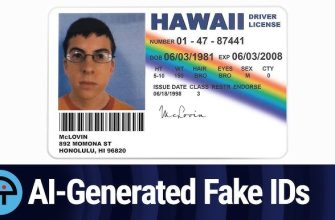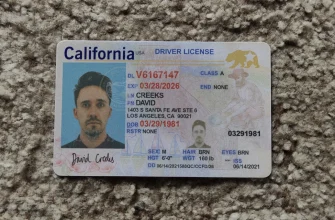In a globalized world with diverse languages and cultures, the effectiveness of verification tools hinges on their ability to navigate and validate information across linguistic boundaries. Verif Tools, a platform that claims to offer comprehensive document authenticity verification, has garnered attention. In this article, we will explore the language support capabilities of Verif Tools, investigating its multilingual features and potential challenges.
Multilingual Verification Challenges:
- Nuances in Linguistic Structures: Different languages have unique structures, syntax, and linguistic nuances. Verifying the authenticity of information across languages requires a tool that can adapt to these variations, recognizing the intricacies of each linguistic system.
- Character Set Variations: Some languages employ character sets and writing systems that differ significantly from widely-used Latin scripts. Verification tools must be equipped to handle diverse character sets to accurately assess the authenticity of documents in various languages.
Understanding Verif Tools’ Language Support:
- Multilingual Interface: Verif Tools claims to have a user-friendly interface that accommodates multiple languages. This includes not only the platform’s documentation and user guides but also the user interface itself, making it accessible to a global audience.
- Language Recognition Algorithms: To address the challenge of linguistic variations, Verif Tools asserts the incorporation of advanced language recognition algorithms. These algorithms aim to automatically identify the language of the content being verified, allowing the platform to apply language-specific verification processes.
- Translation and Cross-Referencing: A crucial aspect of multilingual verification is the ability to translate and cross-reference information accurately. Verif Tools purportedly includes translation features and cross-referencing capabilities that extend beyond language barriers, enabling users to assess the authenticity of information across different linguistic contexts.
User Feedback on Language Support:
To gauge the effectiveness of Verif Tools in handling multiple languages, user feedback is invaluable. Positive reviews may highlight the platform’s seamless performance across various linguistic scenarios, while negative feedback could reveal potential challenges or limitations in Verif Tools’ language support.
Potential Limitations:
- Limited Language Coverage: Despite efforts to be multilingual, verification tools may face challenges in supporting less commonly spoken languages or dialects. Users should be aware of potential limitations in language coverage.
- Accuracy in Translation: The accuracy of translation features is critical. Users may encounter challenges if the translation process introduces errors or fails to capture the nuances of the original content accurately.
The ability of Verif Tools to support multiple languages is a crucial factor in its overall effectiveness. While the platform claims to be equipped with features addressing linguistic variations, users should approach multilingual verification with a nuanced understanding of potential challenges and limitations.
By considering user feedback, testing the platform across diverse linguistic scenarios, and staying informed about updates and improvements, users can make informed decisions regarding the suitability of Verif Tools for their multilingual verification needs. As the landscape of digital information continues to evolve, the adaptability of verification tools to diverse linguistic contexts becomes increasingly pivotal in ensuring comprehensive document authenticity verification.




